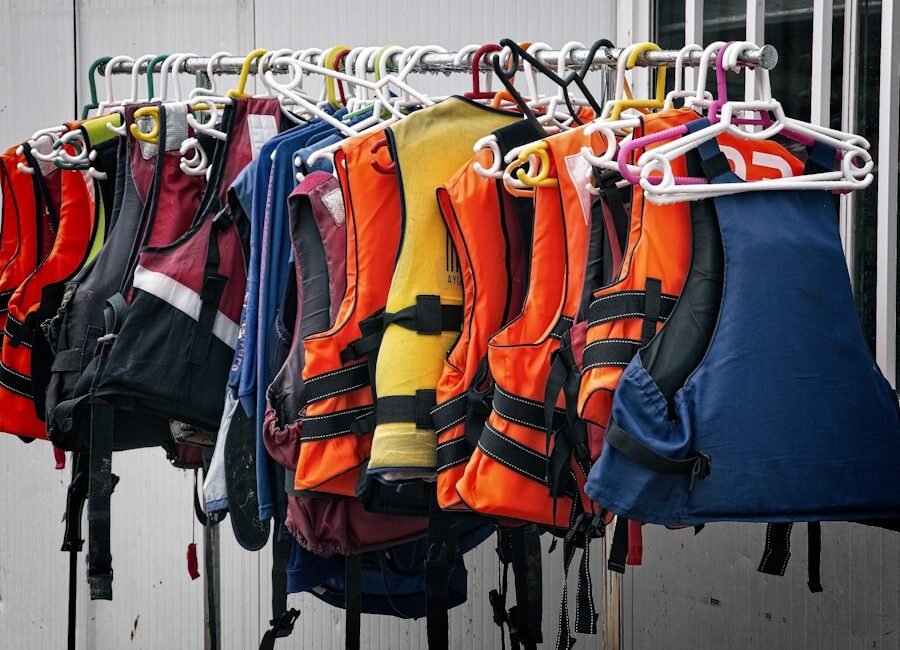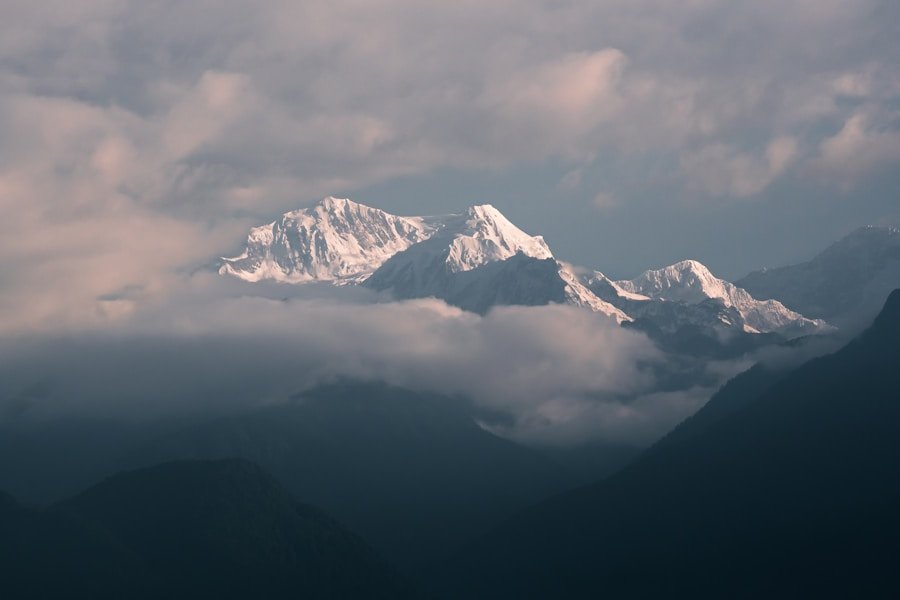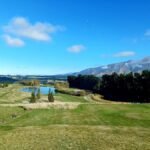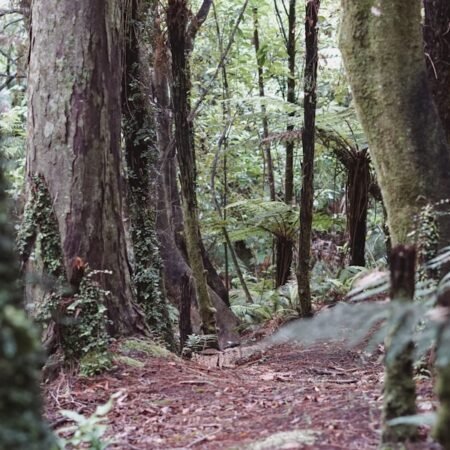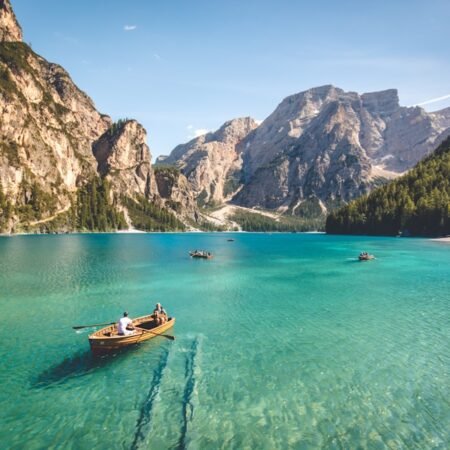When it comes to camping, water activities can be a fun and refreshing way to enjoy the great outdoors. However, it’s important to understand the potential risks and take necessary precautions to ensure a safe and enjoyable experience. One of the first things to consider is the location of your camping trip.
Whether you’re camping near a lake, river, or ocean, it’s crucial to be aware of the specific water conditions and potential hazards in that area. Research the water source and familiarize yourself with any potential dangers such as strong currents, underwater obstacles, or wildlife that may pose a threat. Additionally, it’s important to be mindful of weather conditions, as sudden changes in weather can impact water safety.
Keep an eye on weather forecasts and be prepared to adjust your plans accordingly. Another important aspect of water safety while camping is understanding your own swimming abilities and limitations. If you plan on swimming or participating in water sports, it’s essential to be honest with yourself about your swimming skills.
Even if you consider yourself a strong swimmer, it’s important to remember that open water can present different challenges than a pool or controlled environment. Be cautious and avoid taking unnecessary risks, especially in unfamiliar or unpredictable water conditions. It’s also a good idea to wear a life jacket when participating in water activities, regardless of your swimming abilities.
A life jacket can provide an extra layer of protection and peace of mind, especially in the event of an unexpected emergency.
Key Takeaways
- Always wear a life jacket when participating in water activities while camping
- Be aware of the water conditions and potential hazards before swimming or boating
- Never swim alone and always have a buddy system in place
- Stay hydrated and avoid alcohol consumption when engaging in water activities
- Familiarize yourself with basic water rescue techniques and first aid procedures
Essential Precautions for Swimming and Boating While Camping
Swimming and boating are two popular water activities that campers often enjoy, but they also come with their own set of risks and precautions. When swimming in natural bodies of water, it’s important to be mindful of potential hazards such as strong currents, underwater obstacles, and changing water depths. Always enter the water feet first and avoid diving into unknown areas, as shallow water or hidden obstacles can cause serious injury.
Additionally, it’s important to never swim alone, especially in remote or isolated areas. Always have a buddy system in place and keep an eye on each other while swimming. If you’re boating while camping, make sure to familiarize yourself with local boating regulations and safety guidelines.
Always wear a properly fitting life jacket while boating, and be sure to have all necessary safety equipment on board, such as a whistle, flashlight, and first aid kit. In addition to swimming and boating precautions, it’s important to be mindful of potential wildlife encounters while in or near the water. Depending on your camping location, you may encounter wildlife such as snakes, alligators, or other potentially dangerous animals.
Be aware of your surroundings and take necessary precautions to avoid wildlife encounters while swimming or boating. It’s also important to be mindful of water quality and potential contaminants in natural bodies of water. Avoid swallowing or ingesting untreated water, and be cautious of any signs of pollution or algae blooms.
By taking these essential precautions for swimming and boating while camping, you can help ensure a safe and enjoyable experience for yourself and your fellow campers.
Safety Measures for Water Activities in the Wilderness
When camping in the wilderness, it’s important to take additional safety measures when participating in water activities. One of the most important safety measures is to always let someone know your plans before heading out for any water-related activities. Whether you’re going for a swim, a boat ride, or simply exploring the shoreline, make sure someone at your campsite is aware of your plans and expected return time.
This way, if something were to go wrong, there would be someone who knows where you are and can alert authorities if necessary. It’s also a good idea to carry a whistle or signaling device with you while participating in water activities in the wilderness. In the event of an emergency, a whistle can help you attract attention and signal for help.
Another important safety measure for water activities in the wilderness is to be prepared for unexpected changes in weather or water conditions. Always keep an eye on the sky for signs of approaching storms, and be prepared to seek shelter if necessary. If you’re boating in the wilderness, be mindful of changing water conditions such as strong winds or currents that may impact your ability to navigate safely.
It’s also a good idea to have a basic understanding of navigation and map reading skills if you plan on boating in remote areas. By taking these safety measures for water activities in the wilderness, you can help ensure a safe and enjoyable experience while camping.
Preparing for Safe Water Adventures During Camping
| Precaution | Description |
|---|---|
| Check weather conditions | Always check the weather forecast before heading out for water activities to avoid unexpected storms or strong winds. |
| Use life jackets | Ensure that everyone participating in water activities wears a properly fitted life jacket, especially non-swimmers. |
| Supervise children | Always keep a close eye on children near water and ensure they are within arm’s reach at all times. |
| Stay hydrated | Drink plenty of water to stay hydrated, especially when engaging in physical activities in the sun. |
| Know swimming abilities | Be aware of your own and others’ swimming abilities and avoid going into deep water if not confident. |
Before heading out for any water-related activities while camping, it’s important to take the time to properly prepare and plan ahead. One of the first steps in preparing for safe water adventures is to pack essential safety equipment such as life jackets, signaling devices, and first aid supplies. Make sure that all safety equipment is in good working condition and easily accessible when needed.
It’s also important to familiarize yourself with local water safety guidelines and regulations before participating in any water activities. This may include understanding designated swimming areas, boating restrictions, or any specific rules for the body of water you’ll be visiting. In addition to packing essential safety equipment and familiarizing yourself with local regulations, it’s important to assess your own physical abilities and limitations before participating in water activities.
If you have any medical conditions or physical limitations that may impact your ability to swim or participate in water sports, it’s important to take these into consideration and plan accordingly. Always be honest with yourself about your swimming abilities and avoid taking unnecessary risks that could put yourself or others in danger. By properly preparing for safe water adventures during camping, you can help ensure a fun and memorable experience while prioritizing safety.
Important Water Safety Rules for Campers
When it comes to water safety while camping, there are several important rules that all campers should keep in mind. One of the most important rules is to always supervise children around water at all times. Whether you’re at a campground with a pool or near a natural body of water, it’s crucial to keep a close eye on children to prevent accidents or drowning incidents.
If you’re camping with children who are not strong swimmers, consider enrolling them in swimming lessons before your trip to help build their confidence and skills in the water. Another important water safety rule for campers is to never consume alcohol before participating in water activities. Alcohol can impair judgment and coordination, increasing the risk of accidents or injuries while swimming or boating.
It’s important to stay sober and alert when participating in any water-related activities to ensure your own safety as well as the safety of others around you. Additionally, it’s important to always follow posted rules and guidelines for swimming or boating areas while camping. These rules are put in place for a reason and should be respected to help maintain a safe environment for all campers.
Staying Safe in the Water: Camping Tips and Precautions
In addition to following important water safety rules, there are several additional tips and precautions that can help campers stay safe while enjoying water activities during their trip. One tip is to always check the weather forecast before heading out for any water-related activities. Sudden changes in weather can impact water conditions and pose potential risks for swimmers or boaters.
By staying informed about weather conditions, you can make informed decisions about when it’s safe to participate in water activities. Another important precaution for staying safe in the water while camping is to be mindful of sun exposure and heat-related illnesses. Spending extended periods of time in the sun while swimming or boating can increase the risk of sunburn, dehydration, or heat exhaustion.
Make sure to apply sunscreen regularly, stay hydrated, and take breaks in shaded areas when needed. It’s also important to be mindful of potential hazards such as rip currents or undertows when swimming in natural bodies of water. Always be cautious and avoid swimming in areas with strong currents or hazardous conditions.
Water Safety Guidelines for Campers: What You Need to Know
When it comes to water safety guidelines for campers, there are several key points that all campers should keep in mind before participating in any water-related activities. One important guideline is to always swim in designated swimming areas when available. These areas are typically monitored by lifeguards and have been deemed safe for swimming by park officials.
If designated swimming areas are not available, make sure to choose a location that is free from hazards such as strong currents or underwater obstacles. Another important guideline for campers is to never swim alone or unsupervised, especially in remote or isolated areas. Always have a buddy system in place and keep an eye on each other while swimming to ensure everyone’s safety.
It’s also important to be mindful of potential hazards such as wildlife encounters or contaminated water sources while swimming or boating. By following these essential water safety guidelines for campers, you can help ensure a safe and enjoyable experience while camping. In conclusion, staying safe in the water during camping requires careful planning, awareness of potential risks, and adherence to essential safety guidelines.
By understanding water safety tips for camping, taking essential precautions for swimming and boating, implementing safety measures for water activities in the wilderness, preparing for safe water adventures during camping, following important water safety rules for campers, staying safe in the water with camping tips and precautions, and adhering to water safety guidelines for campers, campers can enjoy their time near the water while prioritizing their safety and well-being. Whether you’re swimming, boating, or simply enjoying the shoreline during your camping trip, it’s crucial to prioritize safety at all times to ensure a fun and memorable experience for everyone involved.
FAQs
What are essential precautions for camping water activities?
Some essential precautions for camping water activities include wearing a life jacket, staying within designated swimming areas, avoiding alcohol consumption while swimming, and being aware of weather conditions.
Why is wearing a life jacket important for camping water activities?
Wearing a life jacket is important for camping water activities because it can help prevent drowning in the event of an accident or unexpected water conditions. It provides buoyancy and can keep a person afloat even if they are unconscious.
What should you do if you encounter strong currents or rip tides while swimming in natural bodies of water?
If you encounter strong currents or rip tides while swimming in natural bodies of water, it is important to remain calm and avoid fighting the current. Instead, swim parallel to the shore until you are out of the current, and then swim back to shore.
Why is it important to be aware of weather conditions when engaging in camping water activities?
Being aware of weather conditions is important when engaging in camping water activities because sudden changes in weather can lead to dangerous water conditions such as strong winds, lightning, or flash floods. It is important to seek shelter and avoid the water during severe weather.
What should you do if someone is in distress in the water?
If someone is in distress in the water, it is important to call for help immediately and, if possible, throw a flotation device or reach out to the person with a long object such as a branch or rope. It is important to avoid entering the water yourself unless you are trained in water rescue techniques.


